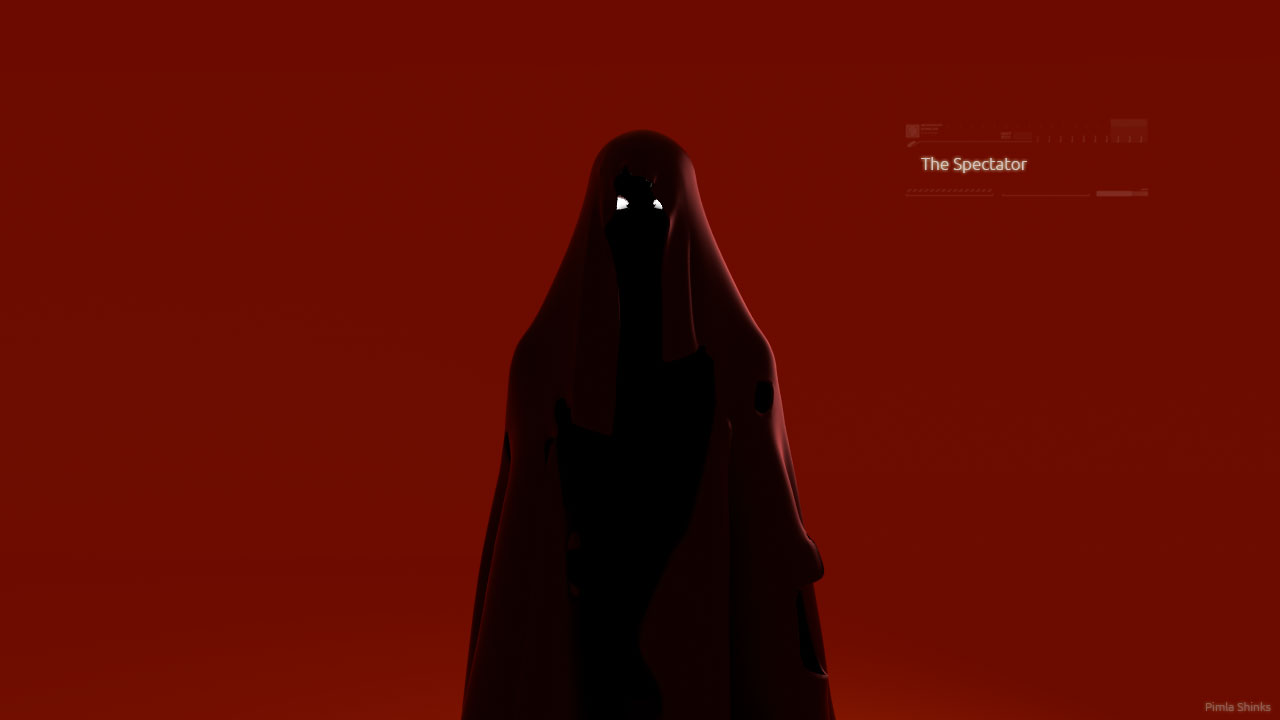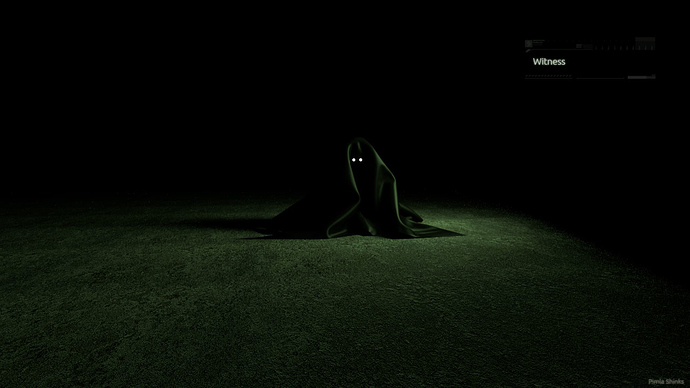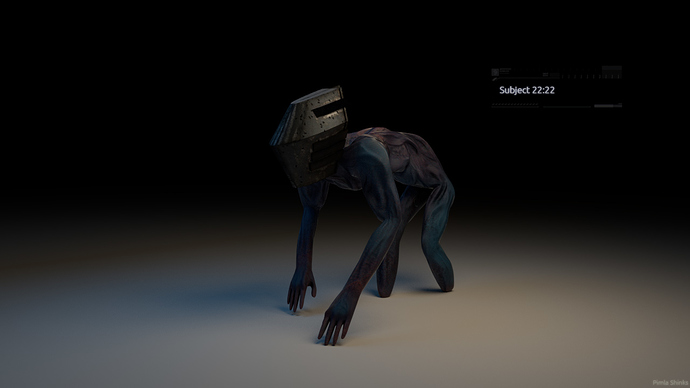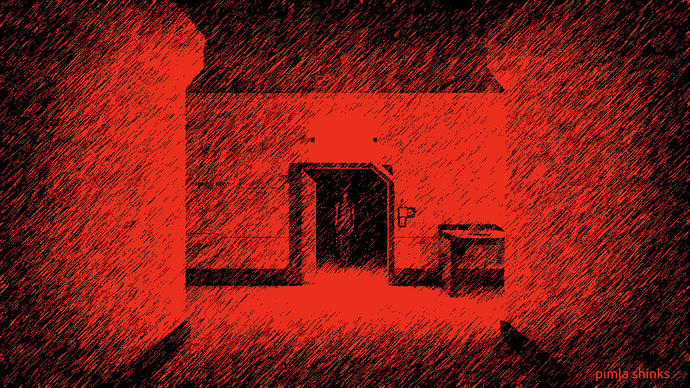Thankyou. Yea I’m loving the system I made for dynamically loading in objects around the player as you move through the world. It’s allowing me to make very large worlds very easily, without having to worry about the scene slowing down despite having tens of thousands of objects. Still need to make a video showing this… time just keeps making itself busy for me ![]()
I’ve increased the intensity from the hemi light and it looks better. Cheers.
Well… I’d love to say that I had some great reason for this, like it plugs into your suit, or it works via your mind… buuuuuut I forgot to put one in :p. Well noticed and thanks ![]()
Thankyou. I have tried to be very flexible with performance. As I mentioned above, the world is loaded in around the player, so for lower end computers, you can set the graphics quality to low and it will load in objects from a closer distance, and for higher end computers it will load in objects from far away. Pretty simple, but it works pretty well. I just use the mist to hide the popping in of new objects, so for ‘low settings’ the mist is quite close to you, and for ‘high settings’ its quite far away. You get the idea.
When I’m developing, all the objects are being read from a database, which has allowed me to split all the objects into different groups that can be called from the database. So I have groups like, foliage, buildings, buildings interiors, characters etc… And within those groups I can have sub groups, like ‘high resolution assets’ and ‘low resolution assets’. So an object can have a high resolution version and a low resolution version, each with their own discrete LOD. So when I start the engine, I can specify whether I want to use high resolution assets or low resolution assets. When I dump everything from the database onto my hard drive, it works the same and allows for the same flexibility without gamers having to read from a database (meaning I don’t need to run expensive servers when I deploy this game).
The Specs for the video was a fairly high end pc running at a comfortable 60fps (or ~180fps without vsync):
CPU: i7 3770k
GPU: GTX 580
MEM: 8GB standard stock ram
But for ‘low settings’ I can run it on my laptop at a (sort of) steady 25 - 30fps:
CPU: i3 something or other.
GPU: intel hd4000 (no dedicated GPU)
MEM: 4GB
A (sort of) steady 30fps for a relatively low end computer is ok. I happy with the results, and while it doesn’t look as good as the ‘high settings’ its fine for me. I’m not going to be able to get perfect performance on all computer specs and I’m happy with the results so far.
I’ve a low/mid range GPU lying around, thinks its an old gfx 9800 or something, so I’ll try some testing with that and see I can get from that.
@hanzo, Sepiroth, 1adamm115, Ravenblood: Thanks for the kind words. Really keeps me motivated ![]()








